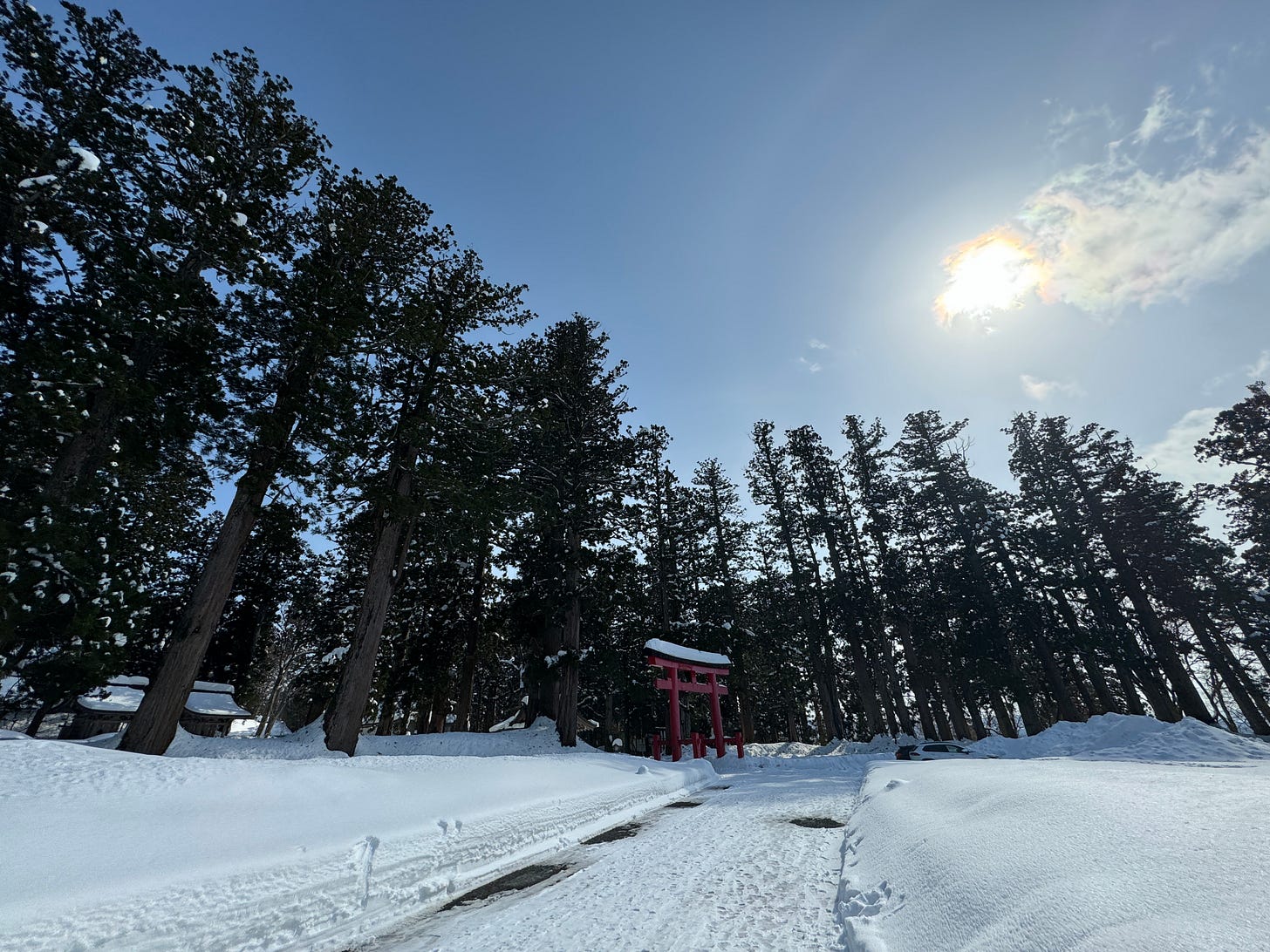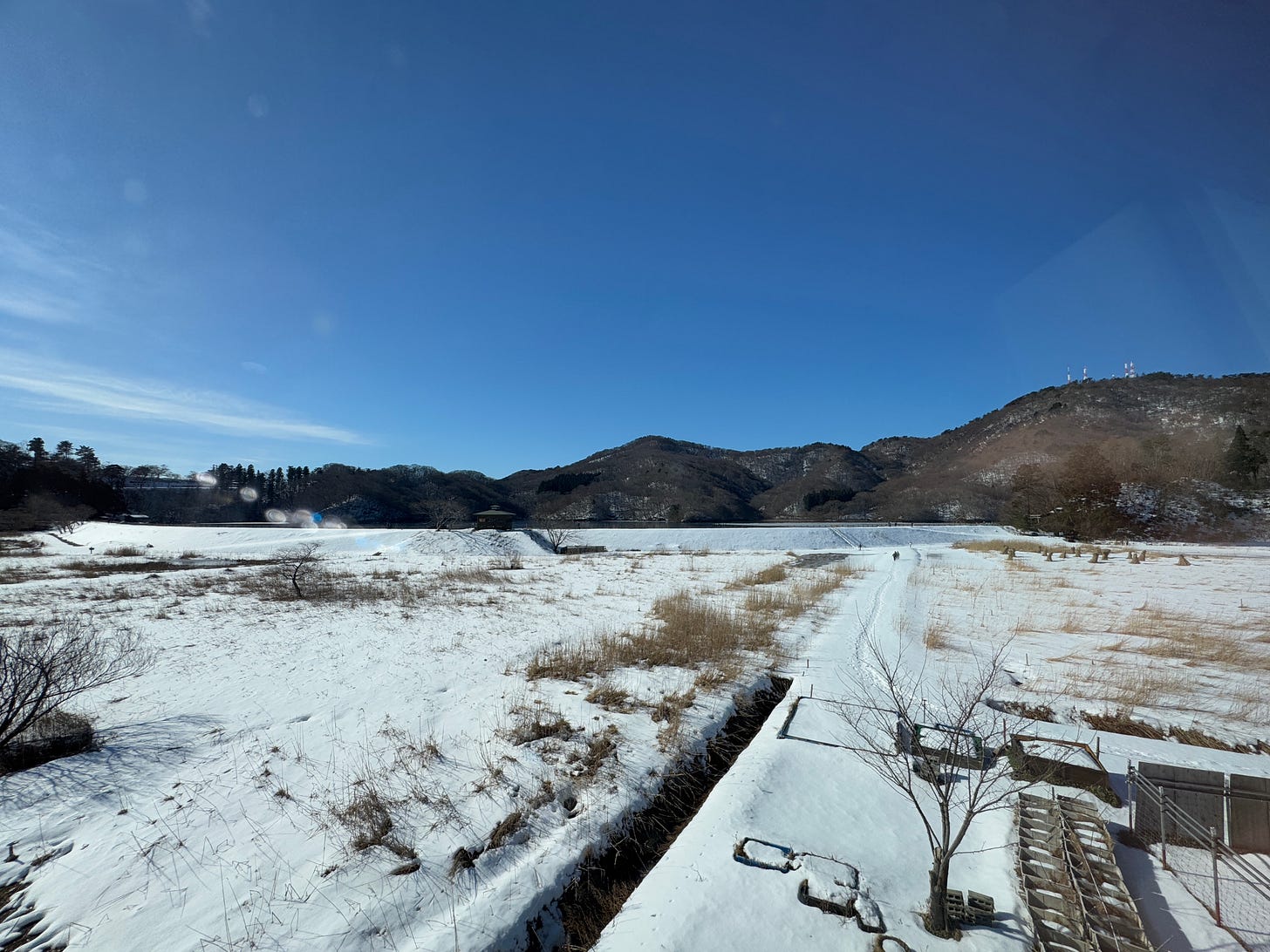The Land of The Rising Moon-Sun
How Japan switched from a Lunisolar to a Gregorian Calendar. Or tried to, at least.
How did Japan go from a calendar half-based on the moon, to one based on the sun?

From the age of about 13 to about 15, before I worked in a (now defunct, unfortunately) pizza shop, I did a paper run.
“The Sunday Star Times”
Every Sunday morning I got up at 5, filled my yellow bag with thick newspapers, and lugged it around delivering (and reading) that day’s news.
And then, once every six months, came either the day I was hoping for, or the day I was dreading.
They call it,
daylight saving.
On one freezing cold Autumn morning each year, the entire country of New Zealand puts their clocks back one hour. We ‘fall back’, and officially 3am becomes 2am (I think).
In other words, on that one morning each year, I was blessed with an extra hour of sleep before I had to get up and literally1 deliver the news.
Then when spring rolls around, New Zealand does the opposite. On one freezing cold spring morning each year, the entire country of New Zealand puts their clocks forward an hour. We ‘spring forward’, and officially 2am becomes 3am (I think).
In other words, on that one morning each year, I was punished with one less hour of sleep before I had to get up and literally deliver the news.
Needless to say, for a hormonal 13-year-old who needs all the sleep they can get,
it was hell.
So imagine my surprise when I learned:
1) Japan did indeed have Daylight Savings. The Americans brought it in with the occupation, the Japanese saw the sense and swiftly got rid of it when they left (forgetting, conveniently, that Japan is in completely the wrong time zone2),
and,
2) exactly how Japan managed the switch from a calendar based on both the moon and the sun to one based solely3 on the sun,
the topic of today’s post.
I’ve mentioned it in a few posts before, but prior to Japan’s industrialisation in the Meiji Period (1868-1912), The Land of the Rising Sun was actually The Land of The Rising Moon Sun. They used a completely different calendar,
a lunisolar calendar

As you can guess from the name, lunisolar calendars take note of both the moon and the sun. A lunar month was used as the base, and each new moon corresponded with a new month.
Simple, right?
Well, kind of.
Since a lunar month averages out to about 29.5 days, a lunisolar year consisted of (29.5x12=) 354 days.
Which, as I’m sure you can guess, doesn’t really work since a year isn’t 354 days.
Don’t worry!
There was a simple enough fix!
You know how we have leap years? Well, they used leap months!
Each year had a deficit of 11 days, so each three years, they would have a leap month, called Urutsuki (うるうつき 閏月, leap years are Urudoshi うるうどし、閏年), which we also call intercalary in English.
Yes, but, how did Japan make the switch to a calendar based entirely on the sun?

Good question.
Now, you may be wondering why they made the switch in the first place. Obviously the lunisolar calendar was working for them. Unfortunately, this is beyond the scope of this article, and I can only guess it was because they wanted to, I don’t know, fit in with rest of the world?
Who really knows?
Anyway, way back when they made the switch in 1874, how did they reconcile these two systems? I mean, a year with a leap month would be (354+33=) 387 days?
Don’t worry!
There was a simple enough fix!
The Meiji Government said: ‘right, the 3rd day of the 12th month of Meiji 5 according to the lunisolar calendar is simultaneously January 1st of Meiji 6, (1874 for us Westerners) according to the Gregorian calendar’.
Problem solved!
Well, kind of.
Imagine being told that December 3 was in fact January 1st, or that 3am was in fact 4am.
Sounds like something out of 1984.
So much so, many people just didn’t have it. They kept using the lunisolar calendar. And that’s why there is a discrepancy between when some parts of Japan celebrate the same event.
One clear example is here in the Shonai region with Obon. While living in Shonai Town, I used to work with a certain Mr. Watanabe from neighbouring Tsuruoka who rode a Harley4 and would take off time in July to celebrate his Obon, called Shinbon (新盆)
new Obon.
Then in August, people from Shonai Town and other parts of the region would celebrate their Obon, called Kyubon (旧盆)
old Obon.
And to make matters worse, the big Saitosai Obon celebration on Gas-san (Mt. Gassan), a mountain with its summit in Shonai Town but with the main path (well, one of) and shrine headquarters in Tsuruoka, is also in the middle of August, old Obon.
Poor Mr. Watanabe.
I guess? He could rightfully claim time off for both Obons to ride his Harley, right?
Anyway, this decision from over 150 years ago now still has repercussions. However, things still seem to work, no-one really seems to mind, and I am still angry that I lost an hour of sleep all those years ago!
Daily Yamabushi for This Week

Daily Yamabushi posts for the week of January 10 to 16, 2025.
Read Daily Yamabushi for free at timbunting.com/blog, read past newsletter articles for free at timbunting.com/popular.
Am I using literally right?
Tokyo is due north of Guam which is an hour ahead, while being in the same timezone as Seoul, more than 1,000km to the west. The sun rises at 3:30 in the middle of summer. Even that’s too early for this Yamabushi.
Pun intended
A notoriously difficult thing in a country with extremely narrow roads and tons of mountain passes like Japan




So, when I posted this I didn't have the book I used for reference on me. It's 春夏秋冬ゆる〜く楽しむ和の行事 Shunkashuto yuruku Wa no Gyoji by 本間美加子 Honma Mikako. https://www.amazon.co.jp/%E6%98%A5%E5%A4%8F%E7%A7%8B%E5%86%AC-%E3%82%86%E3%82%8B-%E3%81%8F%E6%A5%BD%E3%81%97%E3%82%80%E5%92%8C%E3%81%AE%E8%A1%8C%E4%BA%8B-%E6%9C%AC%E9%96%93-%E7%BE%8E%E5%8A%A0%E5%AD%90/dp/4759317619